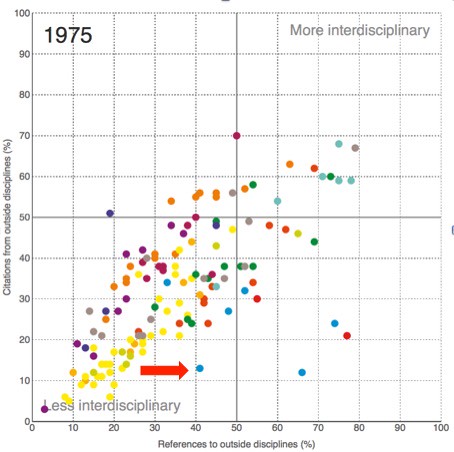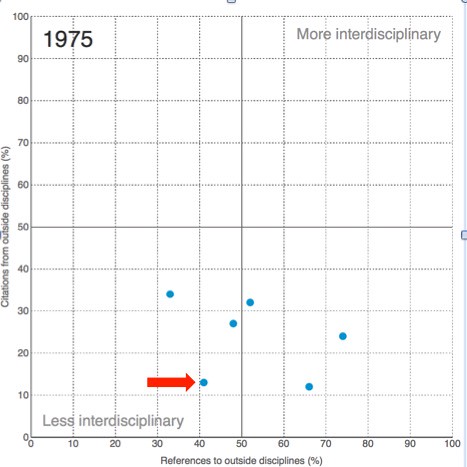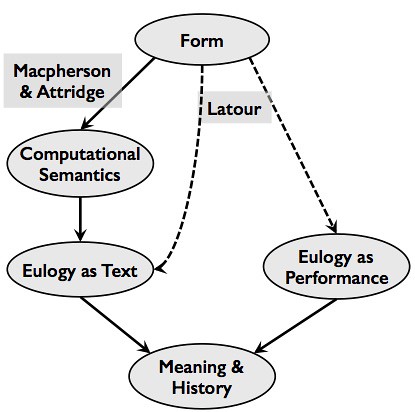I’ve been thinking explicitly about description for at least a decade – my manifesto, as it were, Literary Morphology, talks of description and it was published in 2006 – and it’s been a steady topic a New Savanna since 2011. All this time it’s been obvious to me that description is not merely verbal, that one uses visual devices as well. I suppose that’s obvious because that’s been my practice for four decades, but I’m not unique there.
But, as far as I can tell, the emerging discussion of description in literary criticism hasn’t gotten that far yet – I’m thinking particularly of the Representations special issue (Summer 2016) and Sharon Marcus’s recent article, Erich Auerbach’s Mimesis and the Value of Scale, MLQ, 2016, 77(3): 297-319). This is natural, I suppose, not simply because literary scholars would be partial to words, but because that’s what you find in dictionaries, e.g.: “a spoken or written representation or account of a person, object, or event”.
But it’s limiting and won’t get literary criticism very far. It will keep the discipline imprisoned in its discursive box.
Consider this observation by Sydney Lamb, a linguist of Chomsky’s generation but of a very different intellectual temperament. Lamb cut his intellectual teeth on computer models of language processes and was concerned about the neural plausibility of such models. He is one of the first thinkers to use networks as representations of language structures and processes. In his major systematic statement, Pathways of the Brain: The Neurocognitive Basis of Language (John Benjamins 1999) remarked on importance of visual notation (p. 274): “... it is precisely because we are talking about ordinary language that we need to adopt a notation as different from ordinary language as possible, to keep us from getting lost in confusion between the object of description and the means of description.” That is, we need the visual notation in order to objectify language mechanisms.
Franco “distant reading” Moretti has made a similar observation. This is from the Literary Lab’s Pamphlet 2 (May 2011), Network Theory, Plot Analysis (PDF) (p. 4):
Third consequence of this approach: once you make a network of a play, you stop working on the play proper, and work on a model instead: you reduce the text to characters and interactions, abstract them from everything else, and this process of reduction and abstraction makes the model obviously much less than the original object – just think of this: I am discussing Hamlet, and saying nothing about Shakespeare’s words – but also, in another sense, much more than it, because a model allows you to see the underlying structures of a complex object.
By drawing a network of character relationships one has created a model that is clearly distinguishable from the (physical) text itself. One has objectified an (aspect of an) underlying mechanism.
Alas, there it is, that nasty word, “objectified”. But really, much current criticism is so “far” from any text that quibbles about objectification are just that, quibbles. The fact is, the clean separation between the investigator’s writing and the language under investigation that is valued by Lamb and Moretti gets in the way of the illusion of reading so valued by literary critics. Thus Tony Jackson will assert (“Literary Interpretation” and Cognitive Literary Studies, Poetics Today 24 (2) 2003: 191-205):
The desire that the critic somehow merges seamlessly with the text is obvious. It is a trope, a way of speaking and thinking, of contemporary literary criticism. It is a pretense and everyone knows it.
Why not drop it?
That is, a literary interpretation, if we are allowed to distinguish it as a distinct kind of interpretation, joins in with the literariness of the text. Literary interpretation is a peculiar and, I would say, unique conjunction of argument and literature, analytic approach and art form being analyzed. [p. 202]Just what that means is not at all clear, though Jackson goes on to quote J. Hillis Miller as asserting (here he is quoting Miller) “the one who interprets fictions becomes a fiction and a maker of fictions” (203).
The desire that the critic somehow merges seamlessly with the text is obvious. It is a trope, a way of speaking and thinking, of contemporary literary criticism. It is a pretense and everyone knows it.
Why not drop it?
































